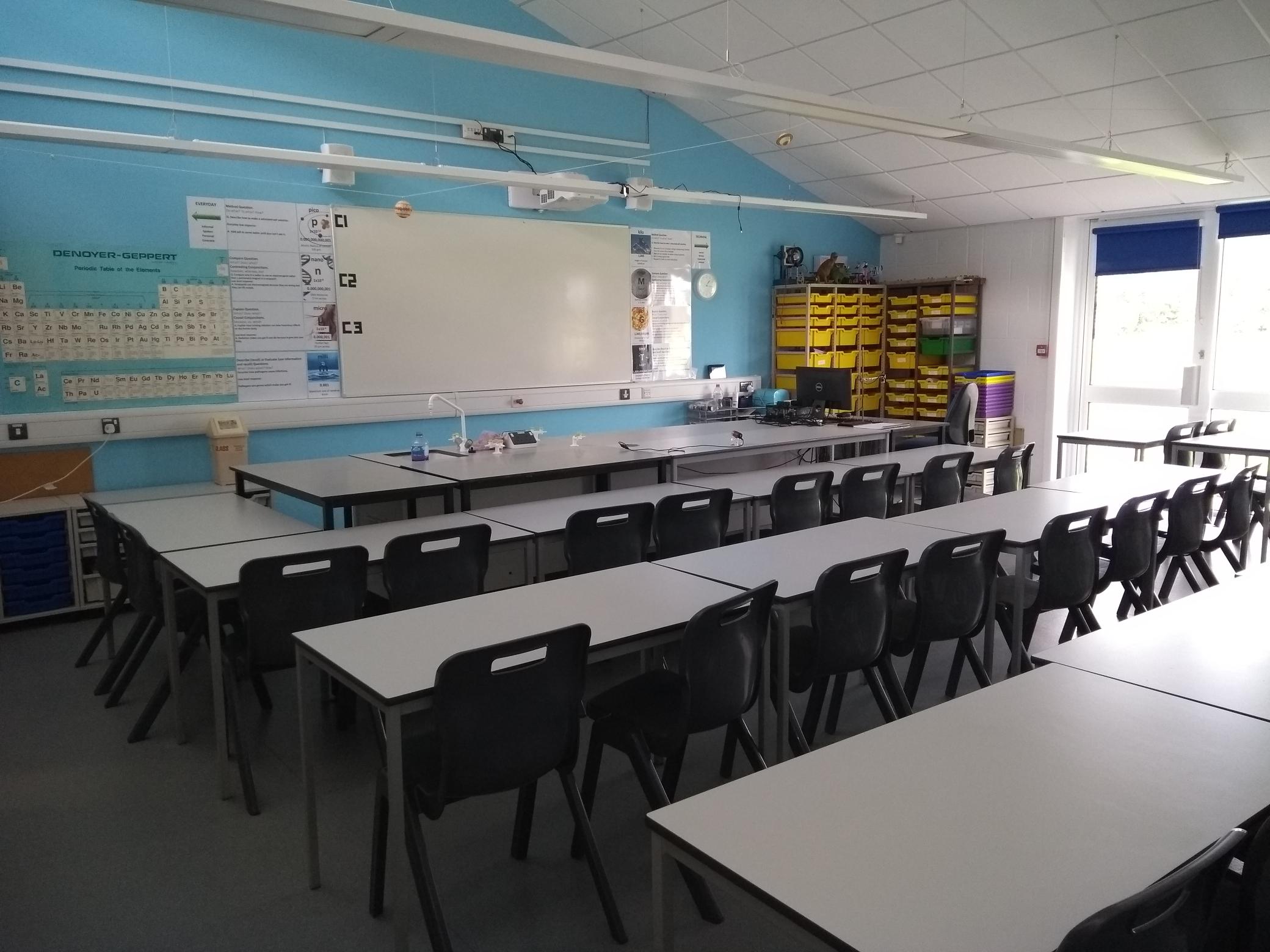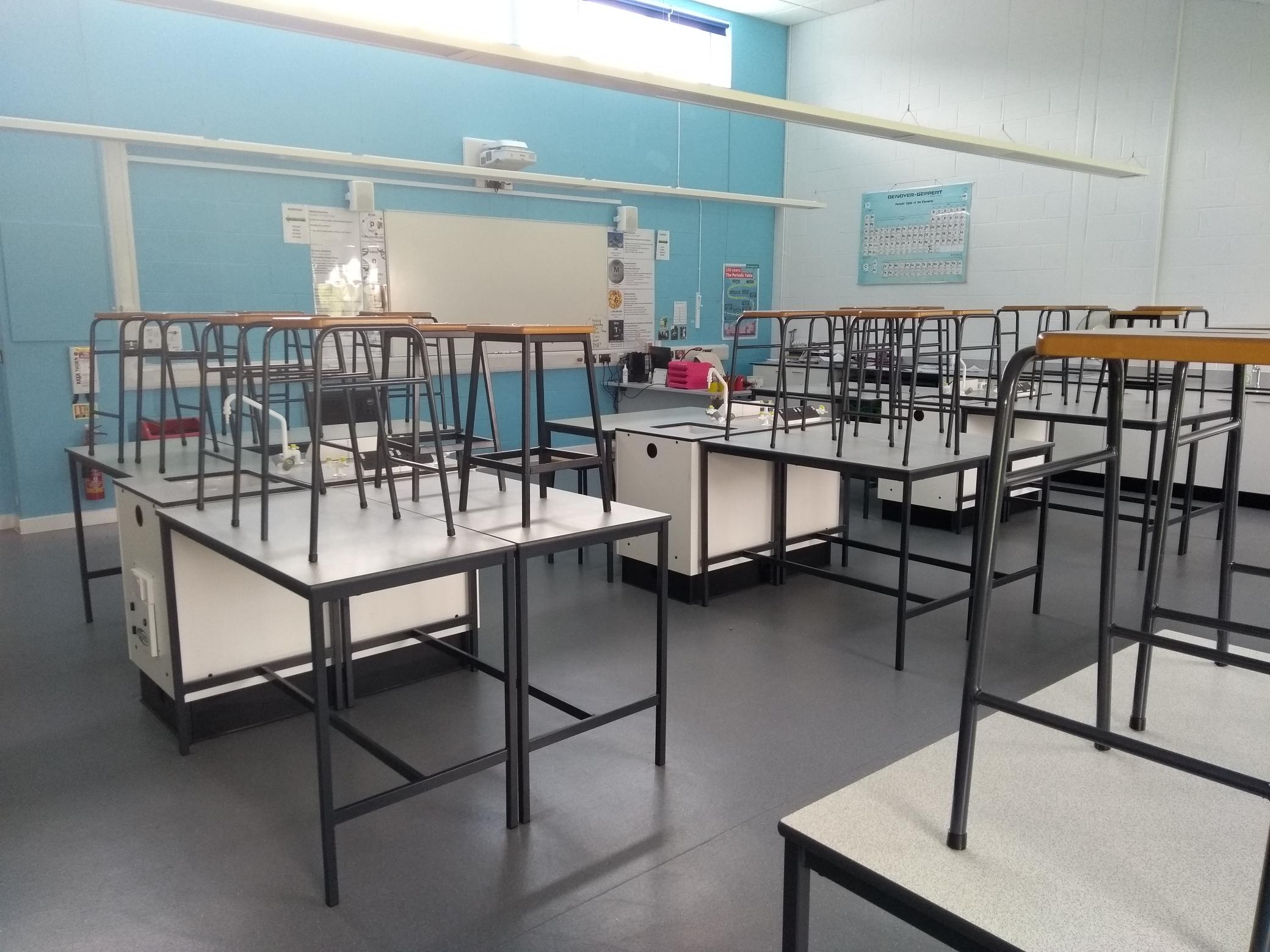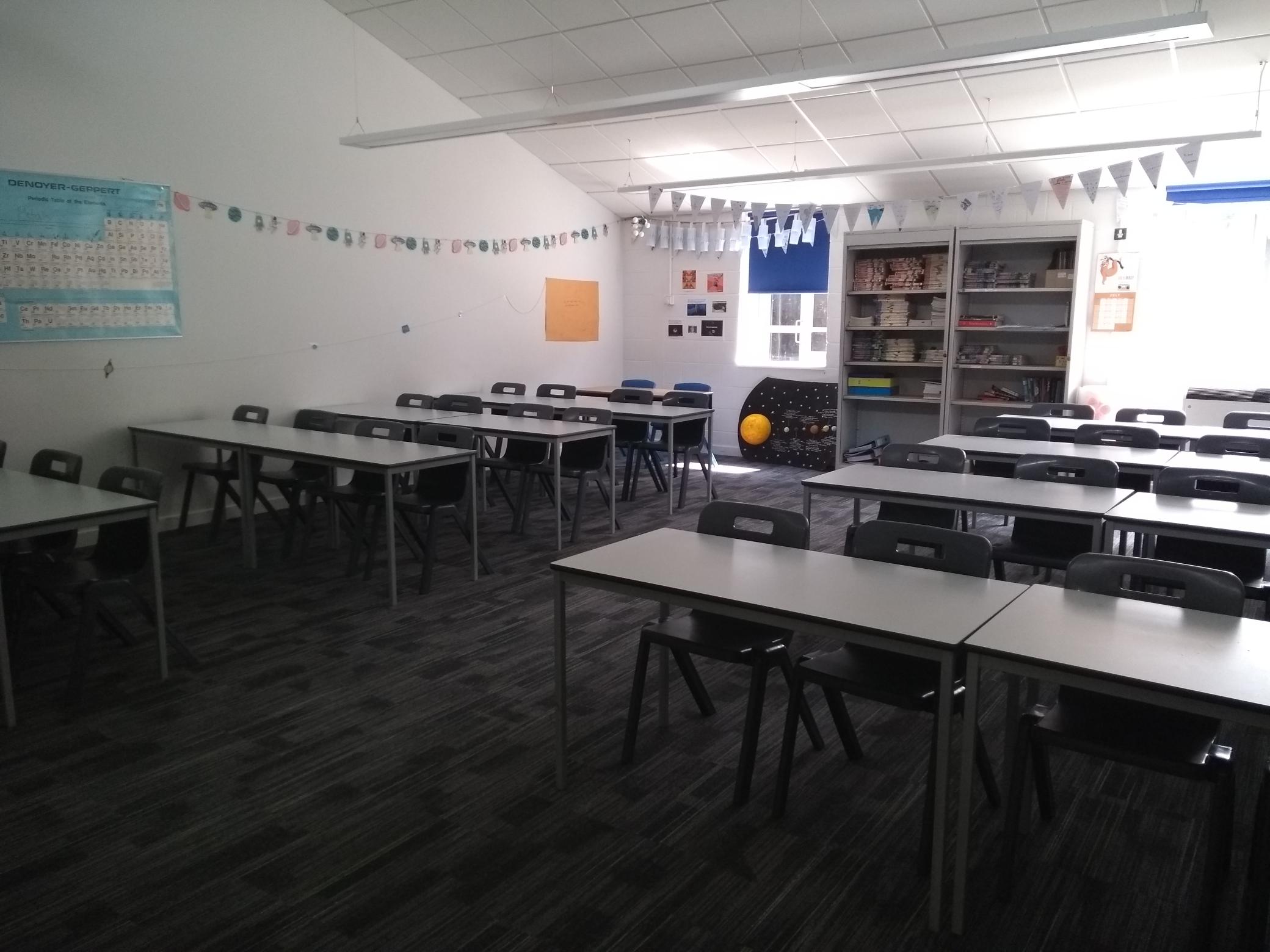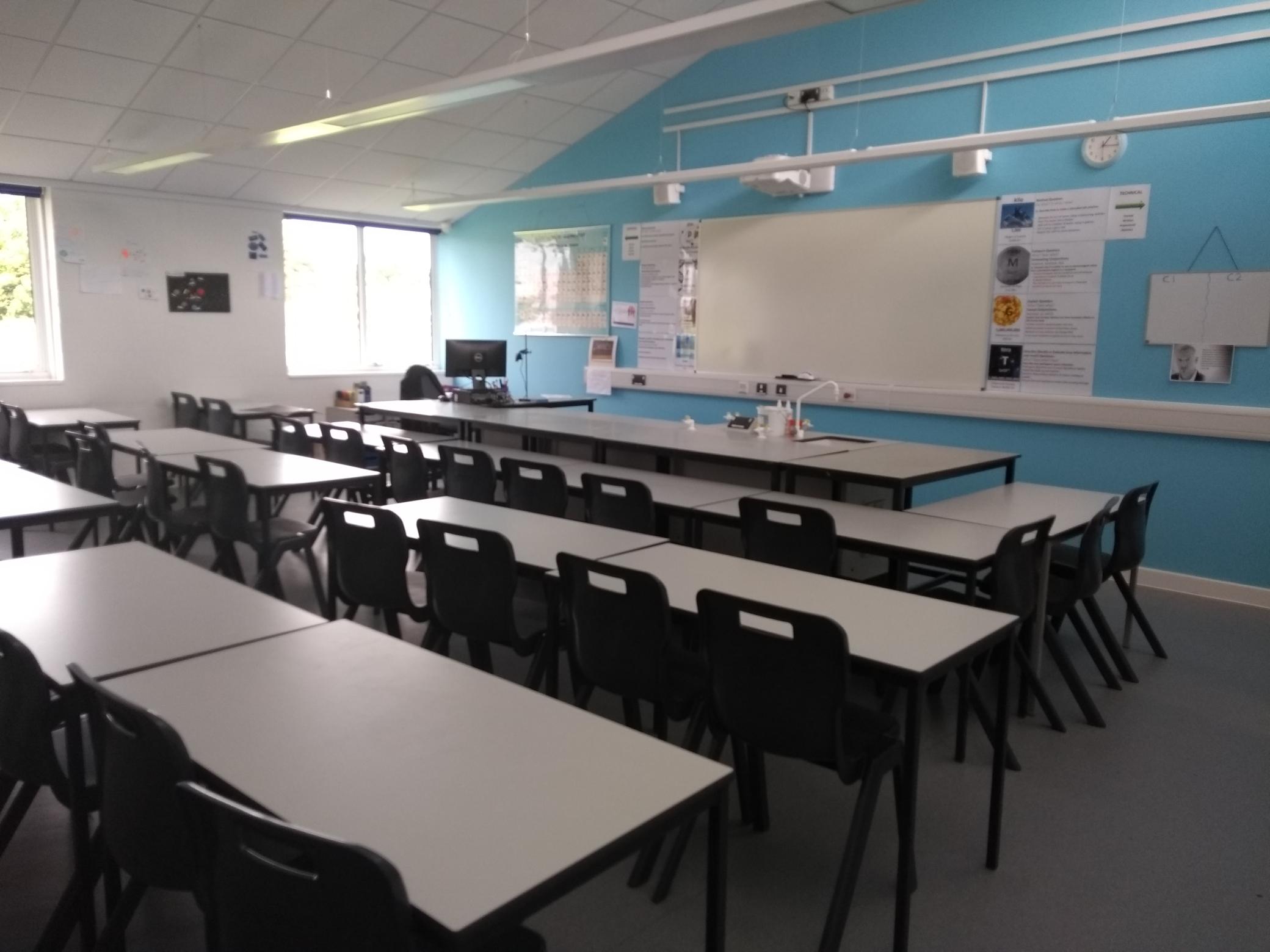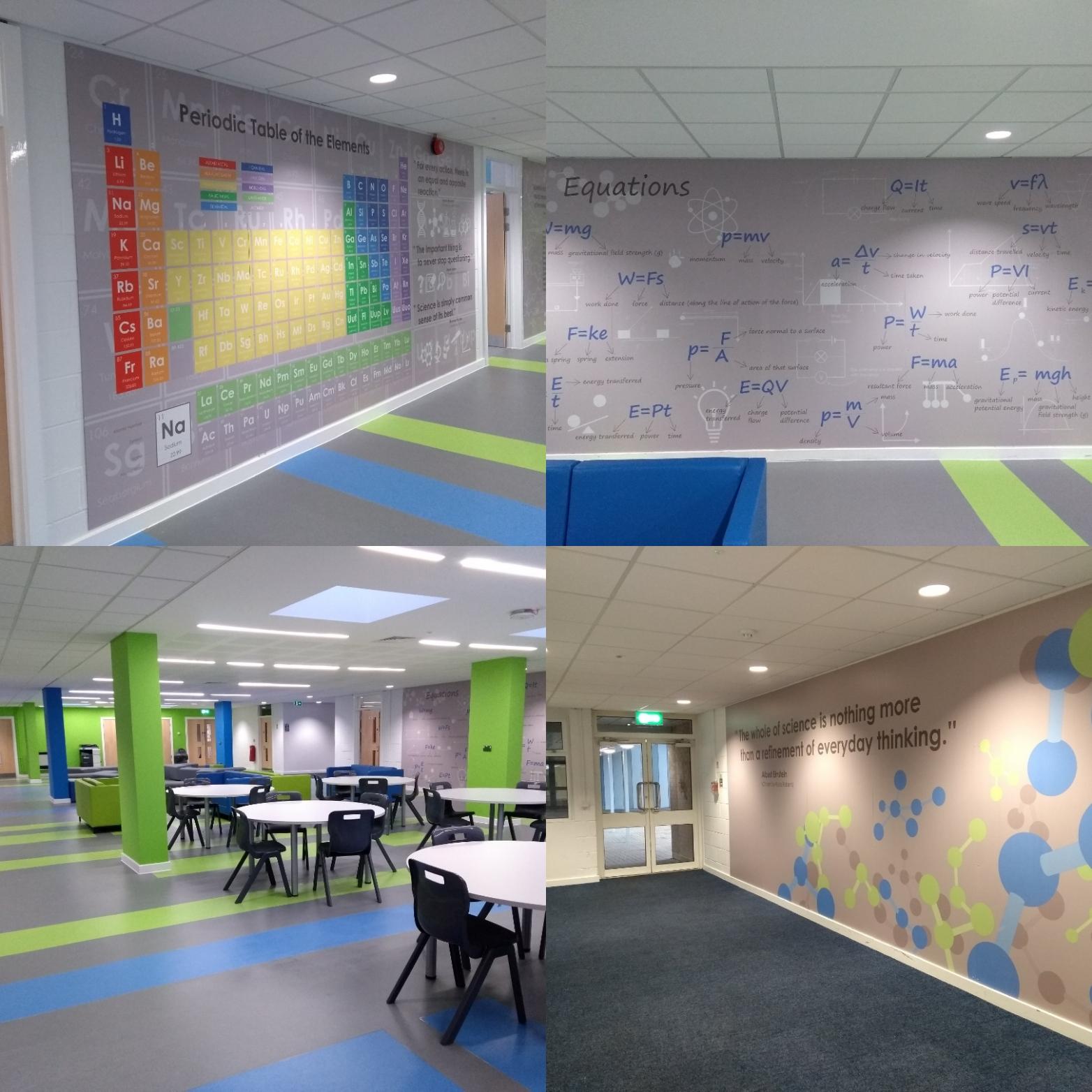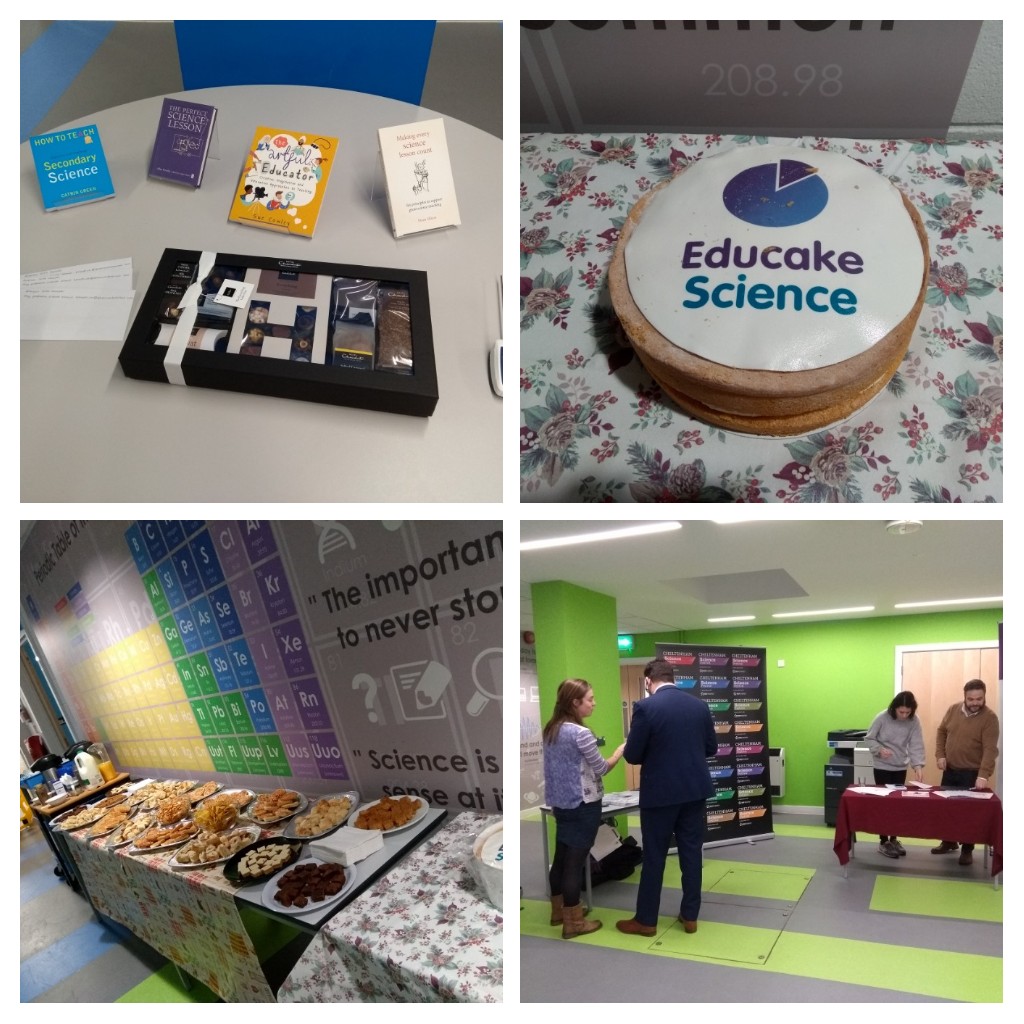A summary of strategies I’ve used to improve my students’ calculation work in Science:
- Specific calculation lessons – I’ve started dedicating regular lessons to specific calculation work. These lessons are designed to provide focused work on particular calculation skills (e.g. calculating relative formula mass, percentage mass of an element in a compound, concentration calculations) which then ensures the students are able to attempt these types of questions as they appear within the content. I think having these lessons dispersed throughout the course has improved the student’s uptake of the mathematical components they need to master. I intend to have a lesson like this one a fortnightly basis for every class from September.
- Mini whiteboards – Allowing students to practice calculations on their whiteboards gives them more reassurance that it’s ok to have a go as they can just wipe it off when done. I can also check how they are presenting their calculations (see FIFA below) more easily than if I was having a look over their shoulder into their books! It’s also really easy to check answers and spot which students may need further support when I ask all students to show me their whiteboards. I have another blog post on how I use mini whiteboards linked here – https://misstait.wordpress.com/2023/04/12/using-mini-whiteboards/
- FIFA – Spotted this on Twitter, shared by a few people but @STEMyBanda is the one who comes to mind! This has been superb in terms of giving students a clear structure for their calculations. I am quite picky about how students present their calculation work and FIFA has made it much easier to show students what their calculations need to look like and why. I’ve used this with various classes across the ability range. It’s great to hear them talking about FIFA and I am starting to see students using this in assessments. For the benefit of anyone who has not yet heard of this structure, FIFA stands for:
- Formula – what is the formula you intend to use.
- Insert – put the numbers you have into the formula.
- Fix – rearrange the formula if needed.
- Answer – complete the calculation and give your answer.
- Fix – rearrange the formula if needed.
- Homework – Changes to our homework policy this year have made it much easier to dedicate some homework tasks to calculation work, not something we could easily do with the online testing site we were using previously. With my Triple Chemistry class, they have had a booklet of all the calculation-based questions I could find on ExamPro (only the Level 3/High Demand questions). This has ensured that students are regularly practicing their calculation skills which has definitely improved their confidence. With my Combined Science classes, I’ve tried to ensure there is a calculation element in any exam question they complete for homework, giving me another opportunity to review their calculation work as well.
- Units and Symbols – Starting with Year 10, they have been required to learn the various Physics units and symbols for homework and have then been tested on these on a weekly basis. Their retrieval is now very good, and I am hopeful this will ensure success in any questions which give marks for recalling units, even if students make mistakes in their calculations.
- Equation Recall – Another approach for Year 10. Assuming that this cohort will not receive a Physics equation sheet in 2024, a colleague has shared some strategies for learning the Physics equations and training students to note these down at the start of the Physics exams. I am testing students on this tactic regularly to support the retrieval process.
- Starting early – I have been more aware of introducing calculations in KS3 when appropriate. My Year 7 class have been shown how to calculate density as part of their Particles topic. I am hoping this makes calculation work later on more straightforward. I am not going to shy away from introducing equations – all classes, all ages, all abilities.
- I do, we do, you do – When practicing calculations, I always model the first few calculations, making it clear what steps are involved and how to set out each part (FIFA!). We then do the next few calculations together, with students being selected to contribute and suggest what we need to do at each step. Finally, I ensure students have time to complete some independent practice. Dedicating lessons to calculation practice has ensured I can follow this process and give students the opportunity for as much practice as possible.



